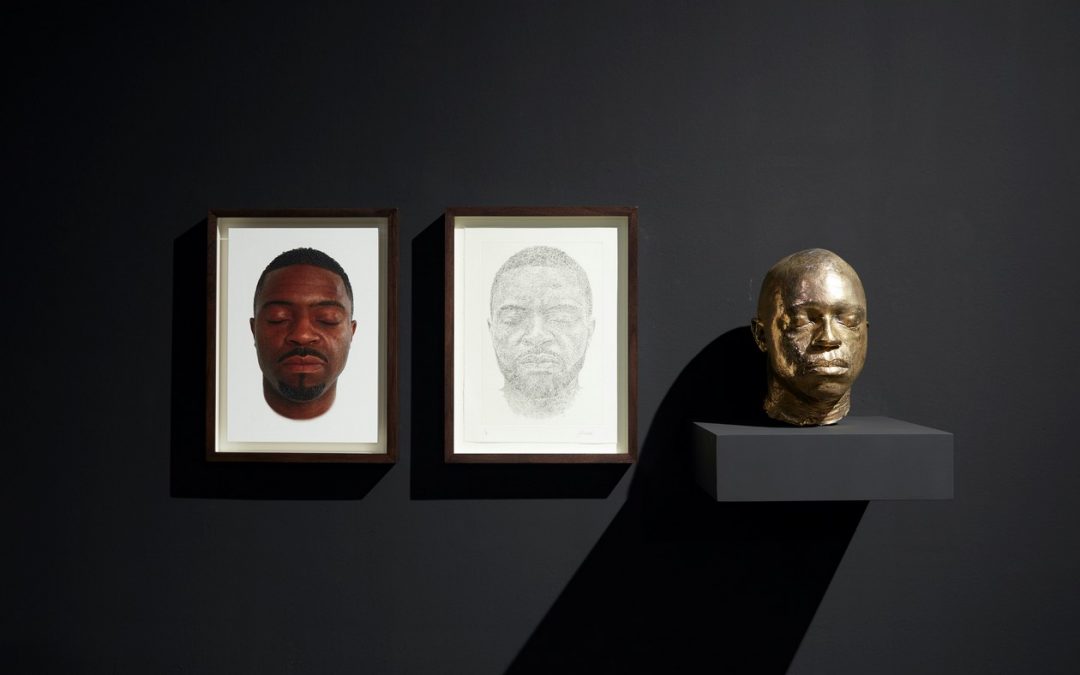When asked to describe his style, Sir David Adjaye OBE had six words in reply: “I don’t do tasteful and elegant.” Indeed, for the past two decades, Adjaye Associates has become known for its eclectic buildings, like the SKOLKOVO school in Moscow, and its edgy thought-provoking collaborations with contemporary artists. Garden of Eden is a notable example of the latter. Created with [Professor of Printmaking] Faisal Abdu’Allah in 2003, the themes it covers—privilege, voyeurism, and reflection—remain relevant to this day.
In essence, the exhibit centers a cube-like structure made from two distinct but interwoven spaces. On the inside, a 2.6m x 4m x 4m glass box comprises the inner garden; on the outside, a 9.4m x 9.2m x 2.6m black felt-lined cube makes up the outer garden. Upon their arrival, visitors are separated into these rooms by eye-colour: while the blue-eyed individuals are led to the inner room, the brown-eyed individuals are led to the tunnel wrapping it.
For the blue-eyed visitors, the inner garden is a bastion of warmth. With its mirrored walls, steel ceiling, and a brass plaque on the floor, the room bathes in orange light. In an interview, Abdu’Allah once likened this space to the sun’s imprint on closed eyelids; though warm, the glow teeters on the edge of a blinding glare. Surrounded by light and their own reflections, the blue-eyed visitors indulge in a euphoric sense of exclusivity.
Unbeknownst to this first group, however, the brown-eyed visitors are able to observe this inner room from just outside its walls. In the darkness of the outer garden, one-way mirrors offer views into this sanctum while simultaneously blocking onlookers from entering it. This feature transforms the gaze of the brown-eyed visitors into one of a voyeuristic spectator. As the blue-eyed viewers move about their space, they are truly the unwitting subjects of the installation.

